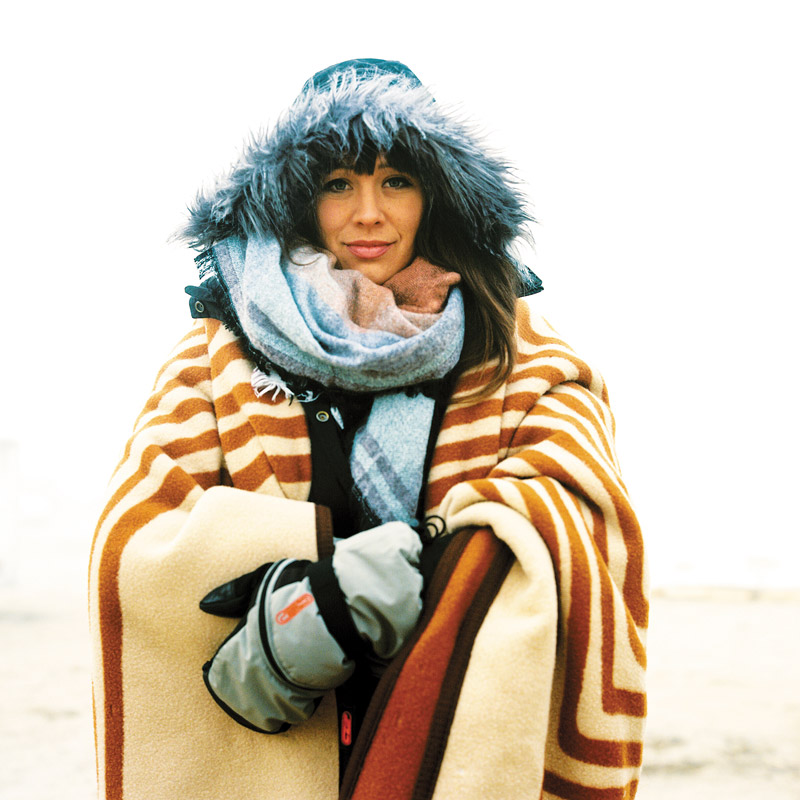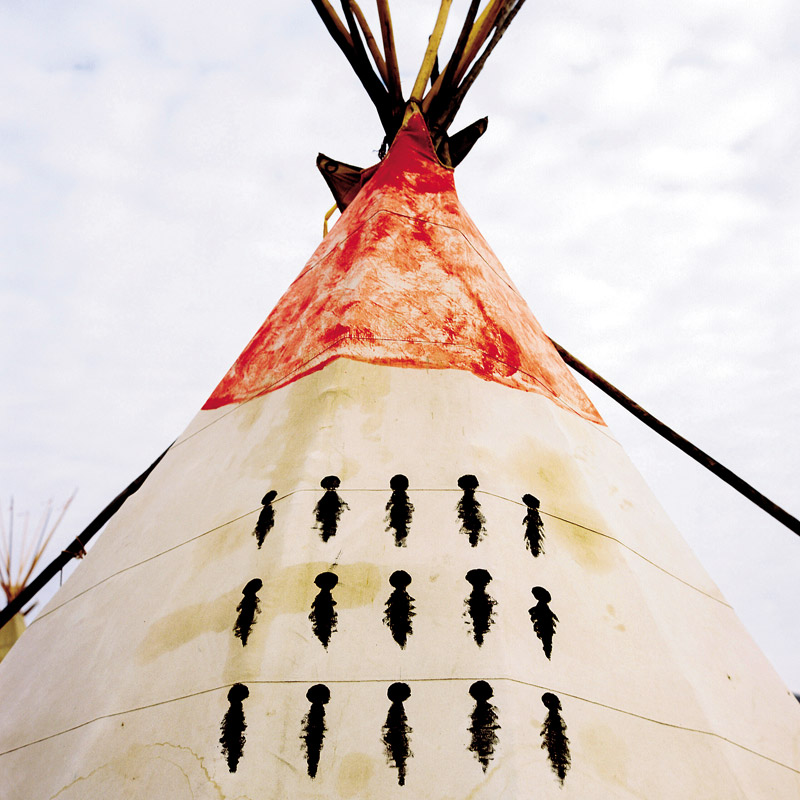Standing With Standing Rock
When Hauula-based photographer Jonathan Canlas first started hearing about what was going on at Standing Rock reservation last fall, he admits that he initially didn’t really pay much attention.
But as he started to read more about the issue, it struck a chord. He began to see parallels to Hawaii — native peoples having their land threatened — and he was moved by the idea of various tribes coming together to protest the pipeline.
So Canlas grabbed his camera and booked a ticket to head to Standing Rock to document what was happening.
“I had no idea what I was going to do with (the photos), I just knew that I was going there,” Canlas says.
“I didn’t know what to expect,” he continues. “I wanted to see with my own eyes exactly what was happening.”
Canlas was at Standing Rock for three days in late November, and spent his time at the Oceti Camp with the Yankton Sioux tribe. While there, he documented the dayto-day life at the camp, the people he met, and various happenings. (One big thing that occurred while he was there was a huge march in support of releasing protestor Red Fawn from custody.)
When he returned home, Canlas started selling prints from the trip online. In just 10 days, he raised nearly $13,000 — all of which he donated to the Oceti Camp.
A selection of his photos is now on display at film photography shop treehouse in Kakaako, in an exhibit titled MNI Wiconi. Water is life. Ola I Ka Wai., which runs through Feb. 15. He also has created an accompanying book, available at treehouse as well.
All of the images in the exhibit — as well as the ones in the book — were shot on film. Canlas has been working as a photographer since 1999, shooting primarily family portraits and weddings, as well as travel and commercial photography. He shoots exclusively on film — the only digital camera he owns is his iPhone — because he says he likes the fact that it forces him to be more selective with the images he shoots.
“When I go to an event like this, I am not taking thousands of photos,” Canlas says. “Everything that you see, I took one of and then I moved on.”
Once the treehouse exhibit wraps, he will be making another donation to the Oceti Camp with the proceeds. He estimates that he will have raised close to $20,000 by then.
“I wanted to have my own testimony of what happened, bring awareness and help people who want to help have a way to do it,” Canlas explains.
“I feel this is a really great way for people to support and get something back for it — they are walking away with a print or a book. It’s something that they can display and talk about.”
For more information, visit treehouse-shop.com. For more from Canlas, visit canlasphotography.blogspot.com.



